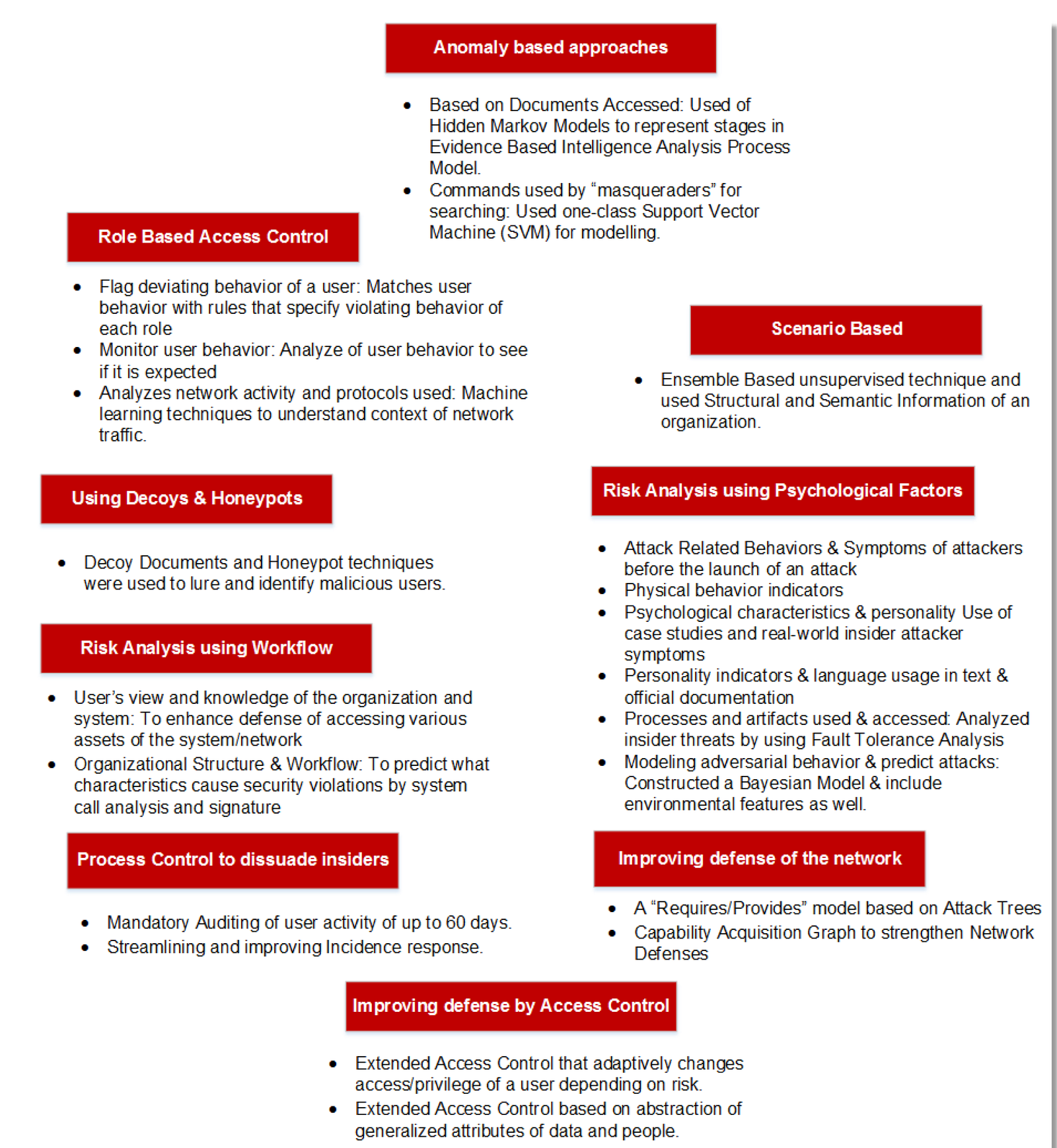How Do You Identify Threats To Network
Potential opportunities and threats may impact your business. In the strategic planning process, you discover some of the larger trends likely to impact all businesses over the next ten years. You need to identify the forces, issues, trends, and events that can positively or negatively impact your business. What possibilities do you see on the horizon, and where are the minefields?
- How Do You Identify Threats To Network Windows 10
- How Do You Identify Threats To Network Iphone
- How Do You Identify Trees
Assume several storms are brewing. Three to be exact. Each storm is a little farther away from the next. The closer the storm, the more potential impact it has on your trip. The ones farthest out may or may not impact you, but you keep an eye on them nevertheless.
So, how do you combine assets, threats and vulnerabilities in order to identify risks? How to document the risk identification Risk identification is the first half of the risk assessment process, after which comes the evaluation part (assessing the impacts and likelihood) – see the details here: How to write ISO 27001 risk assessment. Mar 14, 2017 Nowadays cyber-threats are becoming a daily headache for IT security staff, it supports to have some guidance, or at least identify what to look out for. As a small company doing business on the web, you need to be aware of these methods so you can be extra vigilant when online. All the threat.
How Do You Identify Threats To Network Windows 10
The landscape in which your company operates is exactly the same. Your business has three influences. Starting with the outer ring of the following figure, these influences include
Your operating environment
Your industry, which includes your competitors
Your market
Some external influences or factors have more direct impact on your business. Others just take a little longer to get there. By looking at your landscape in three influences, you won’t miss anything that may be hiding on the horizon.

After assessing the strengths and weaknesses of your business for your business plan, look for external forces, like opportunities and threats, that may have an effect on its destiny. These changes include

How Do You Identify Threats To Network Iphone
The appearance of new or stronger competitors
The emergence of unique technologies
Shifts in the size or demographic composition of your market area
Changes in the economy that affect customer buying habits
Changes in customer preferences that affect buying habits
Changes that alter the way customers access your business
Changes in politics, policies, and regulations
Fads and fashion crazes
List the threats and opportunities facing your business, and follow these guidelines:
When listing opportunities, consider emerging technologies, availability of new materials, new customer categories, changing customer tastes, market growth, new uses for old products (think about how mobile phones and even eyeglasses now double as cameras and computers), new distribution or location opportunities, positive changes in your competitive environment, and other forces that can affect your success.
When listing threats, consider the impact of shrinking markets, altered consumer tastes and purchase tendencies, raw material shortages, economic downturns, new regulations, changes that affect access to your business, and competitive threats, including new competing businesses and competitive mergers and alliances. Also think about the impact of expiring patents, labor issues, global issues, and new products that may make your offering outdated or unnecessary.
How Do You Identify Trees
If you’re having a tough time getting specific, look back at the strengths and weaknesses, but this time, use it to list strengths and weaknesses of a competitor. You won’t know as much about your competitor’s capabilities as you know about your own, but you probably know enough to flag areas of strength and weakness. Your competitor’s strengths are potential threats to your business, and its weaknesses present potential opportunities.
Looking over this list, the caterers were encouraged. Their opportunities outnumbered their threats. What’s more, they were convinced that they had the capabilities to capitalize on the pluses and counter the negatives.